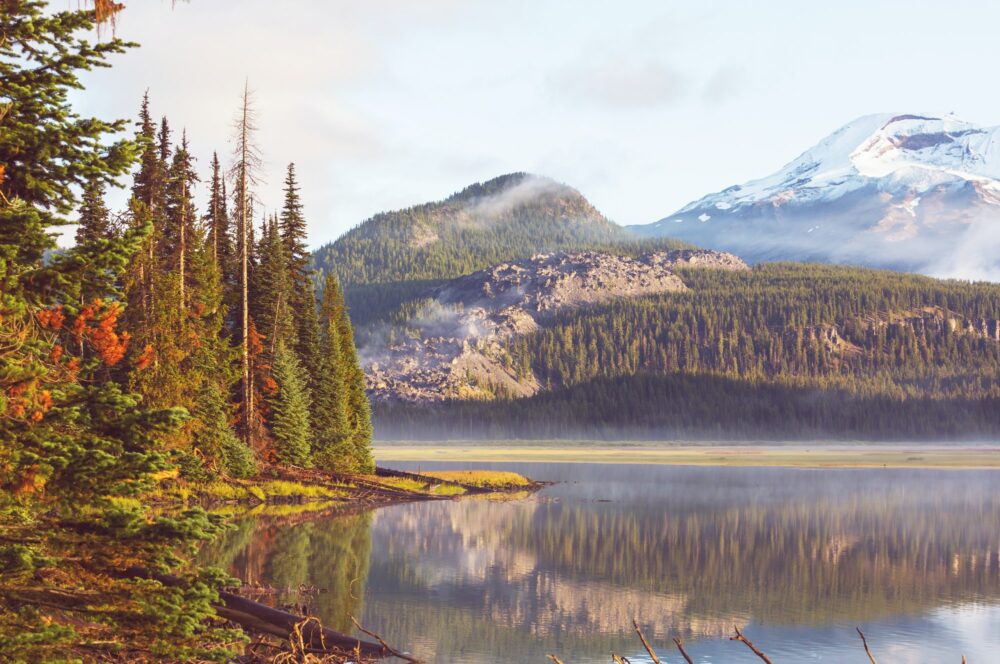
Lake in Oregon
Bob Southwick is the man behind 25-year-old Southwick Associates, provides market research, statistics, and economics firm specializing in hunting, shooting, sportfishing, and outdoor recreation markets. Their comprehensive insights have advanced strategic decisions across the entire outdoor community, from resource agencies, industry associations, and non-profit organizations, to utilities, outdoor manufacturers, and businesses.
Here is a summary of where we are in 2021 as a community of fly fishers:
Fly fishing is roughly a $750 million dollar market in America – not the energy industry by any means, but not chicken feed by a long shot. And what’s more, it’s renewable and sustainable.
Most retail sales takes place in the west – 31.5% in the Rockies, 25.5% in the West – but almost 24% takes place in the South. The first part is a blinding flash of the obvious. Over half of the fly fishing industry takes place west of the Mississippi. That’s where the trout are, and that’s where people fish for them.
But almost of a quarter of it takes place south of the Mason-Dixon line. Ya’ll are fishing for something down there, and it probably isn’t just trout.
But lest we think that (like the young Norman Maclean) that all the fishermen on the Sea of Galilee are fly fishermen and John the favorite was a dry fly fisherman, it would be good to remember that only 32% of fly anglers are exclusively fly fishermen.
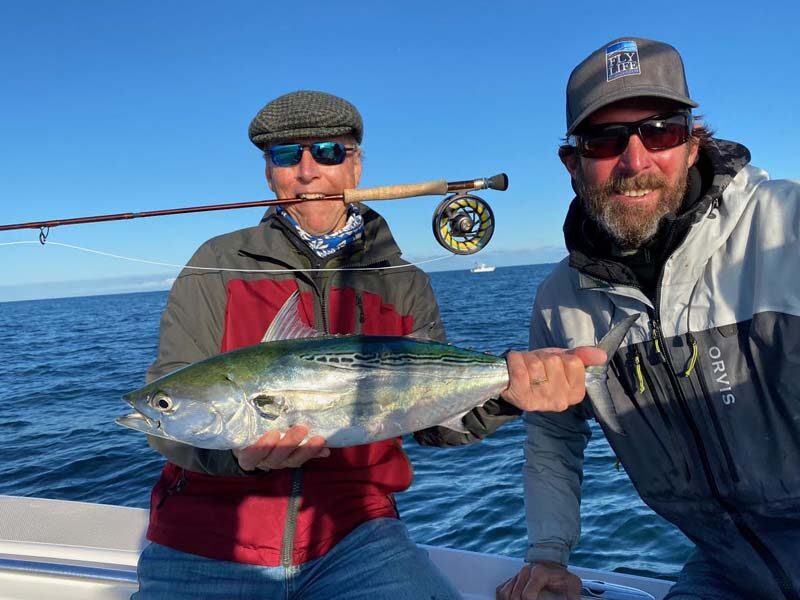
Photo op and quick release. Capt. Andrew Derr photo credit.
People fish with gear, they fish with bait. And we can ill afford to get real judgmental about that.
But here’s the number that knocked me out: Local guide services totaled $95.5 million of the entire $750 million market. Obviously that means access is going to remain a critical issue in fly fishing.But as my friends at Angling Trade say: “Guides are key gatekeepers for this sport…” — Walt Gasson
America’s land and water underpin the American spirit. Investments in outdoor recreation on public lands and waters earn compounding returns in the form of healthier communities, healthier economies and healthier people.
More than 100 years ago, President Theodore Roosevelt foresaw the crossroads at which we now stand. He said, “The nation behaves well if it treats the natural resources as assets that it must turn over to the next generation increased, and not impaired, in value.”
From our national parks to local green spaces, from alpine lakes to transcontinental rivers, America’s outdoor recreation assets are its citizens’ common trust. Our public lands and waterways belong to every American, and they are the backbone of our outdoor recreation economy. They hold the promise of prosperity and well-being.
It is as much our responsibility to invest in them as it is our right to enjoy them.
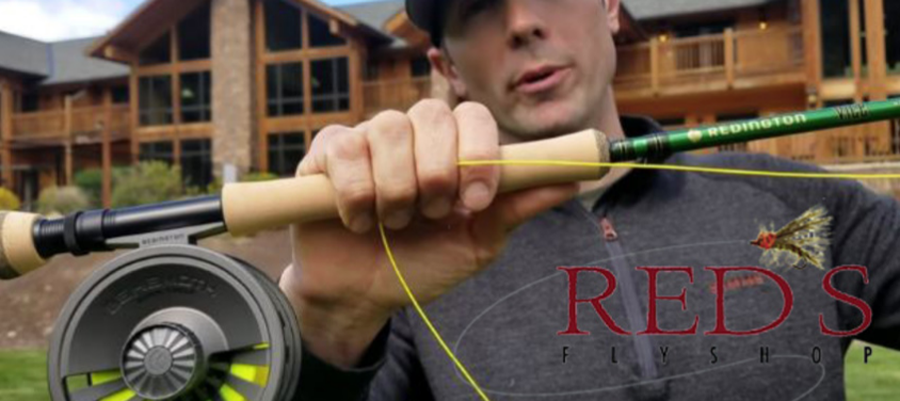
The VICE rod from Redington – Red’s Fly Shop.
rom the smallest rural towns to the most densely packed cities, outdoor recreation powers a vast economic engine that creates billions in spending and millions of good-paying American jobs. Likewise, it is an underappreciated and underfunded weapon against crime, poor academic performance and rising health care costs.
We are fortunate to live in a nation of iconic natural beauty, inspiring landscapes and bountiful waters. Going outdoors to hike, bike, camp, fish, hunt or just walk around the neighborhood orients us to the natural world. In the outdoors, we come together with friends and family, make lasting memories and find solitude and contemplation.
And a growing body of research shows that being outdoors delivers health benefits that are, in many cases, on par with pharmaceutical treatments. By enjoying these places, we invest in our own well-being and affirm our shared history. In challenging times, when disagreements appear sharper and differences seem harder to bridge, it is the outdoors that reconnects us.
Time and time again, when leaders invest in outdoor recreation the result is healthier communities and healthier economies.
Outdoor Recreation is a Powerful Economic Engine
Outdoor recreation is among our nation’s largest economic sectors, representing the lifeblood of thousands of American communities and providing livelihoods for millions of American workers.
The new U.S. data show that the outdoor recreation economy accounted for 2.1 percent ($459.8 billion) of current-dollar gross domestic product (GDP) for the nation in 2019. At the state level, outdoor recreation value added as a share of state GDP ranged from 5.8 percent in Hawaii to 1.3 percent in Connecticut. The share was 1.1 percent in the District of Columbia.
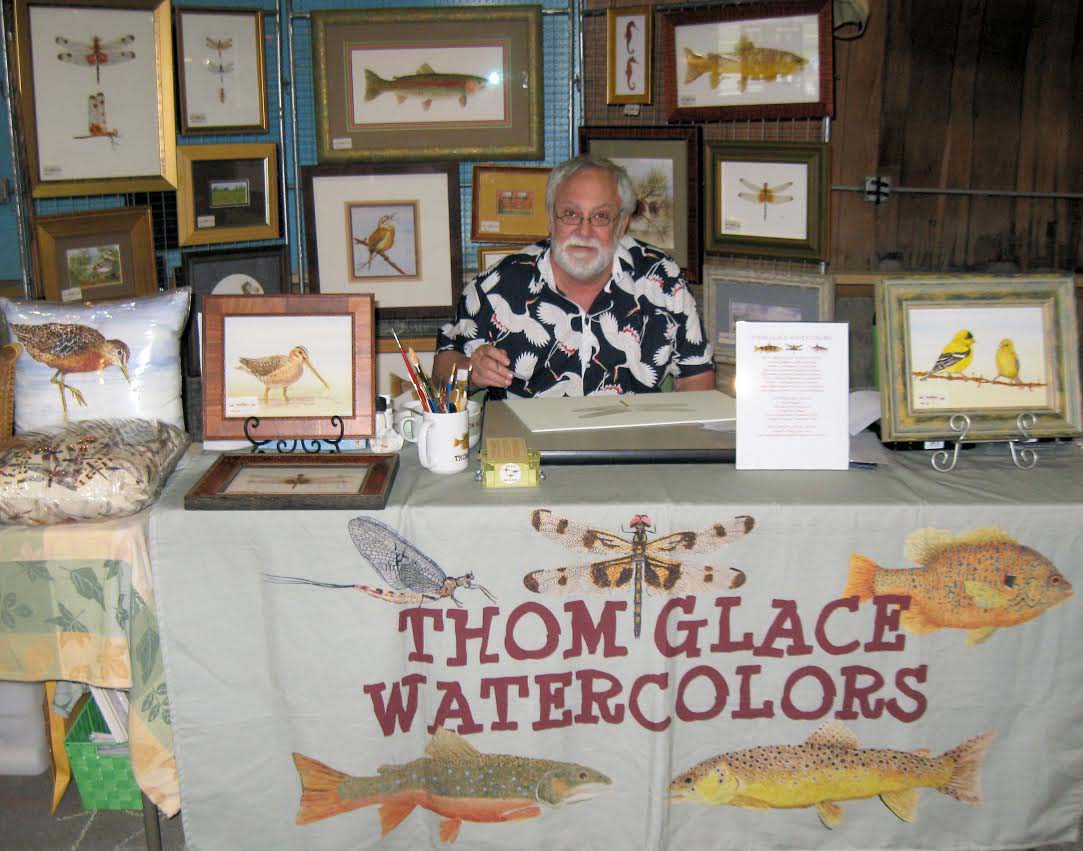
Thom Glace, award winning watercolorist, and habitual fly fisher, is a TCO Fly Shop fan and conservation advocate.
New statistics for 2018 and 2019; prior years updated
The Bureau of Economic Analysis released statistics today measuring the outdoor recreation economy for the nation, all 50 states, and the District of Columbia. The new U.S. data show that the outdoor recreation economy accounted for 2.1 percent ($459.8 billion) of current-dollar gross domestic product (GDP) for the nation in 2019 (national table 11). At the state level, outdoor recreation value added as a share of state GDP ranged from 5.8 percent in Hawaii to 1.3 percent in Connecticut. The share was 1.1 percent in the District of Columbia.
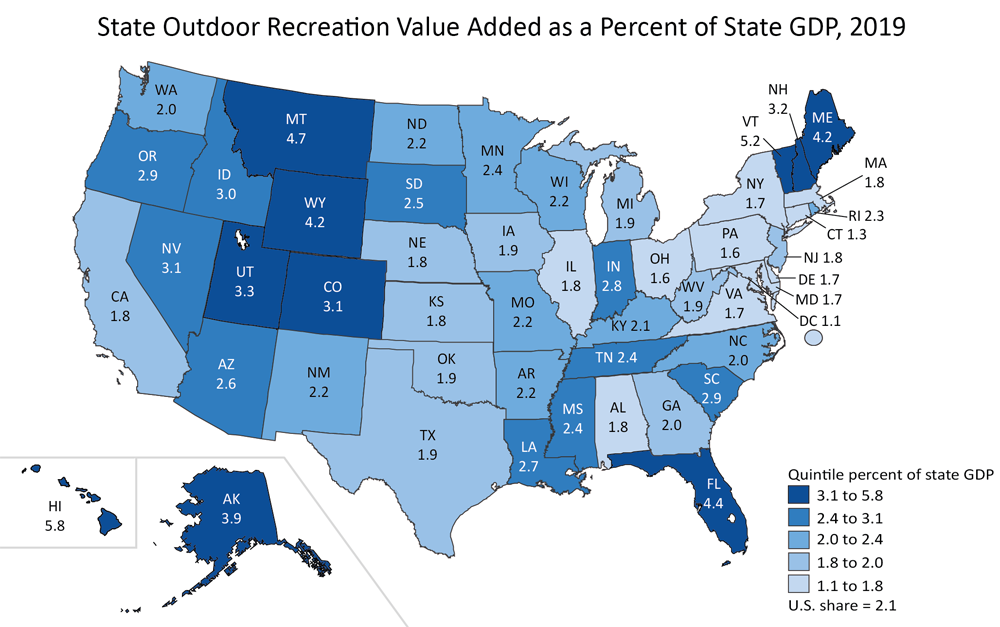
Inflation-adjusted (real) GDP for the outdoor recreation economy grew by 1.3 percent in 2019, compared with 2.2 percent growth of the overall U.S. economy. Real gross output for the outdoor recreation economy increased by 1.4 percent, while outdoor recreation compensation increased 3.9 percent and employment increased 0.4 percent.
READ MORE:


